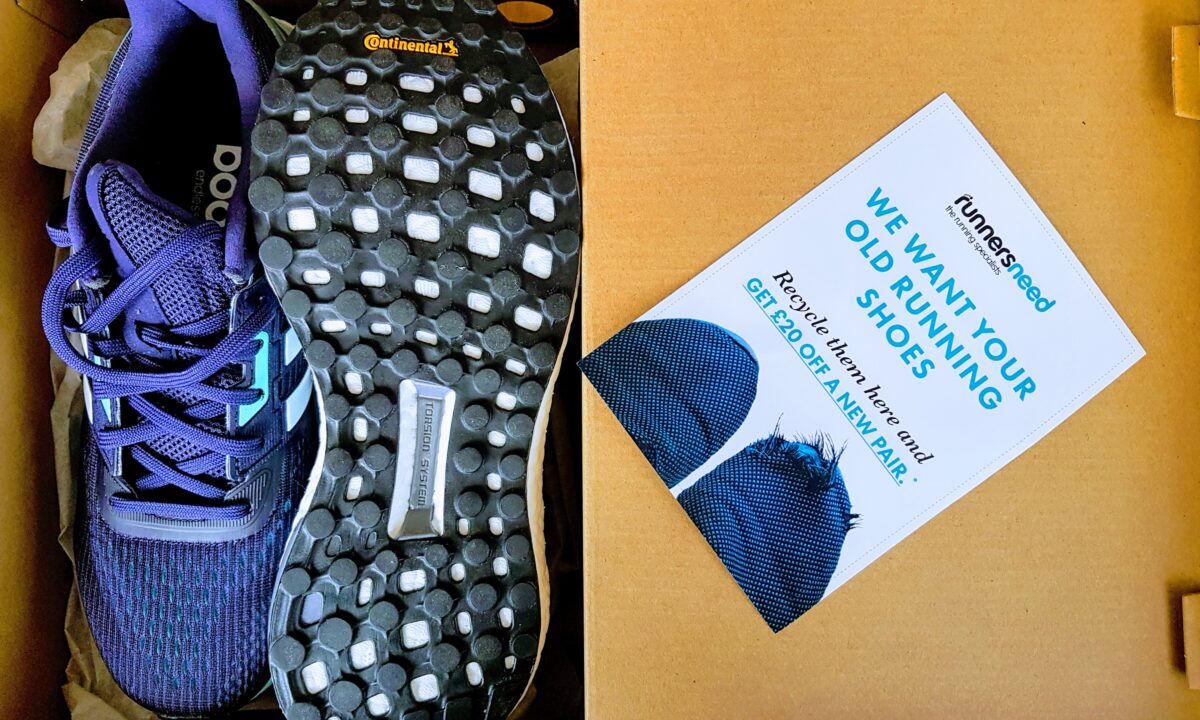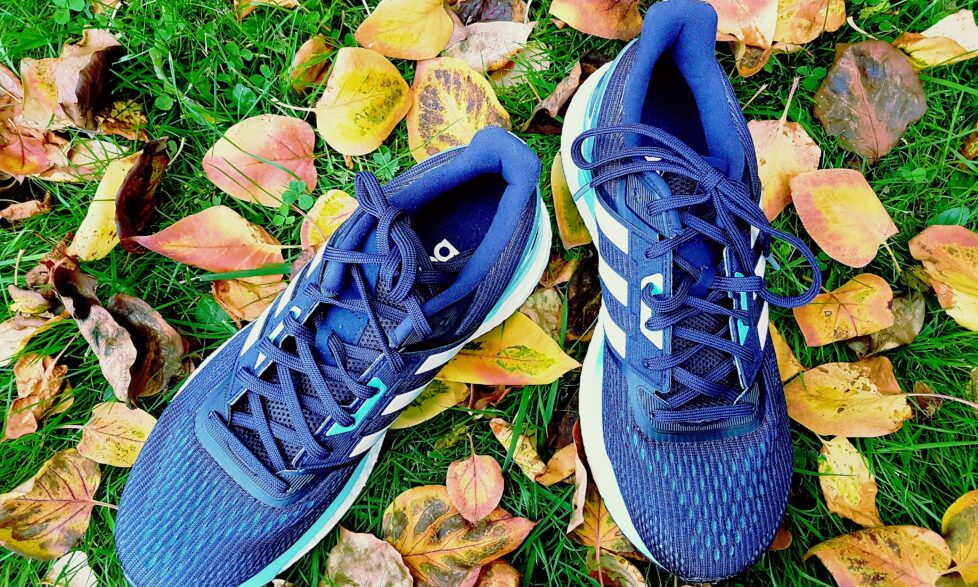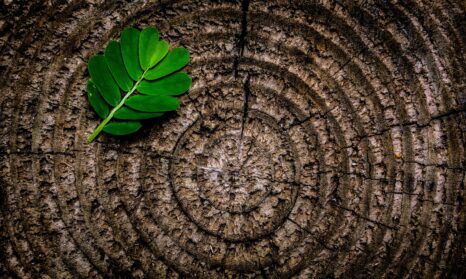Running in circles: what the circular economy means for consumers
I bought myself some new running shoes on Friday. They come from Runners Need, the same shop I bought my last pair from, after it emailed me saying I could get £20 towards my new ones if I brought the old ones in for recycling within the next month. Given the fact my old shoes had definitely seen better days, and I like all things to do with the circular economy, I couldn’t resist the opportunity to see my old shoes being recycled properly. So, I now have a shiny, and rather bouncy pair of new runners – which intriguingly have recycled continental tyres for soles.
We’ve been blogging a lot about what the circular economy means for business recently, but this experience got me imagining what it will mean for each of us as consumers.
Taking the example above, instead of buying new running shoes, using them for a year or two, throwing them away and buying new ones, you might find yourself doing this...
First, you find a brand that will make you a pair of custom-fitted, 3D printed shoes. You download its app onto your smartphone, take a few photos of your feet and simply press 'buy' to have your personalised shoes 3D printed.
The shoes are made entirely from recycled materials, offering high tech performance with in-built ‘Internet of Things’ sensors. These are sensors that enable your shoes to collect and exchange data. The shoes have 3D-printed modular insoles that can be replaced to extend the lifespan of the product.
You arrange to collect your bespoke shoes from a local sports store. You bring in your old running shoes for recycling to get a discount code. At the store, you meet with your fitness adviser, who not only checks the fit by filming you and analysing your gait (saving this video for future reference), but also asks you a short series of questions to learn (and permanently store) information about you as a customer.

The store shares this information with your ‘shoe manufacturing’ brand – as part of their licence to stock that brand’s shoes. Your fitness adviser then ‘upsells’ you some advice and guidance on how to improve your performance, such as diet options and training packages personalised to help you meet your fitness goals. You are encouraged to sign up to ongoing online support and join the growing real-world community of fitness enthusiasts linked to that store who meet regularly to go running together.
When you get home, you ‘connect’ your shoe sensor to your fitness app and start automatically sharing data on how you are using the product. At the same time, you purposefully share your love of running and the shoes – probably on Instagram, becoming both a de facto brand ambassador and part of an ever-growing online running community.
Based on its understanding of how much you have used the shoes, after a period of time the shoe manufacturing brand contacts you to suggest it might be time for a new set of insoles – allowing you to extend the life of the product.
Sometime after that, it contacts you to tell you the shoes have reached the end of their useful life and now are no longer performing well. You return the product, free of charge, earning a discount on your next set of running shoes.
This is not science fiction – it's already happening
Almost all the ideas above are already happening in one form or another. Some of them are well established, others are still in the embryonic stages of development. What they share in common is that they are all using features identified in our circular economy business model features matrix published earlier this year.
Consumers will increasingly engage with both manufacturers and retailers at a much deeper level than before.
They also reveal two key emerging trends that businesses thinking about going circular would do well to note.
The first trend is about borrowing, not owning. As we progress towards the circular economy it will become the norm for consumers to temporarily ‘borrow’ the materials that make up your bespoke, personalised running shoes, before returning them to the manufacturer, to be recycled into either a new shoe or other new product.
The second trend is how consumers will increasingly engage with both manufacturers and retailers at a much deeper level than before. Whether that’s through having a greater insight into how and where their shoes were manufactured and with what materials, or sharing data about themselves and their use of their product. This deeper engagement will enable brands to increasingly make more personalised and tailored products and services which in turn make customers more likely to purchase from the brand.
In the circular world, whilst more and more companies may still look like traditional manufacturers or retailers on the outside, they will increasingly be operating like tech companies. In our example above, the shoes themselves act as a fitness tracker and the brand behind them becomes the tech company analysing and using the data.
So, there are exciting times ahead for progressive companies keen to stay ahead of the curve – as well as for all of us as consumers, like me, who want more personalised, relevant products and services to help them maintain their health and wellbeing.
Learn more about how we can help your business transition towards the circular economy.
The circular economy: cracking the challenge
The circular economy is one of the biggest challenges - yet most exciting opportunities - for today's businesses. This guide will help your business get started, and explain the benefits of embracing the circular economy
Download PDF







